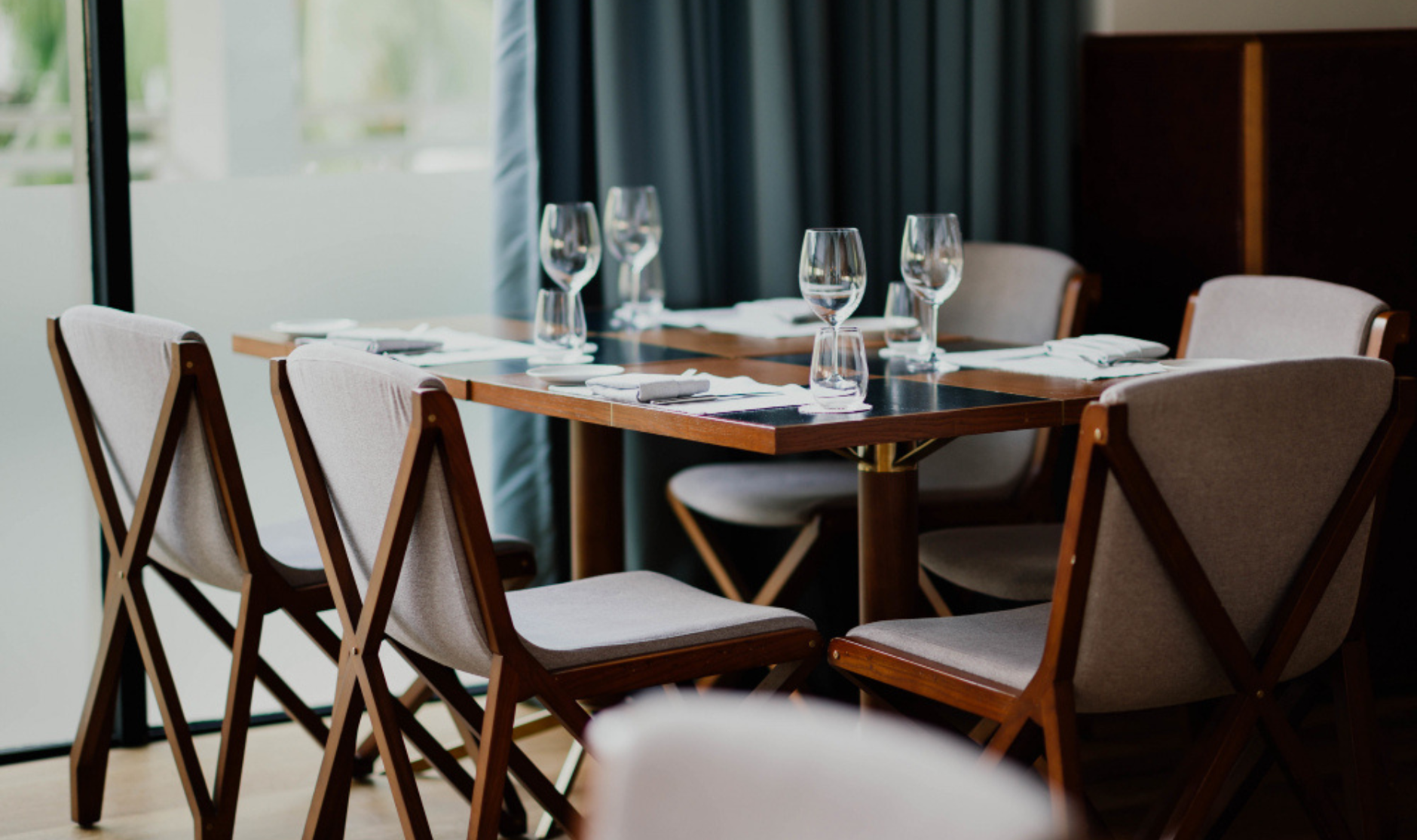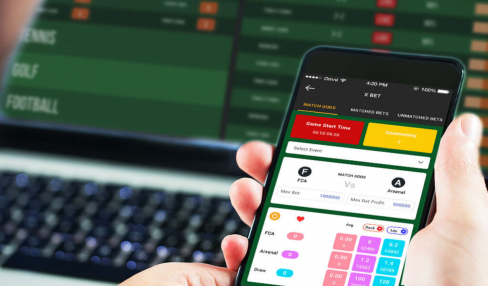A Complete Guide To Restaurant Tables: Materials, Shapes, And Sizes
04 October 2025
5 Mins Read

When you are running a restaurant business, you need to take care of the ambiance and the setup. Appearance is something that would primarily draw the customers before you build a reputation for yourself.
The entire decor of the restaurant will set the tone and ambiance of the space. So, you need to know how to select restaurant tables and other furniture as well. The most important thing is to figure out the kind of customer you want to bring into your restaurant.
Think about what kind of restaurant you are starting, whether it is a steakhouse, pizzeria, or some kind of trendy cafe. Then you need to align the decor, food, and furniture to fit everything into that profile.
Tips On How To Select Restaurant Tables
How to select restaurant tables comes with various other questions. You need to think of various factors while choosing the furniture. Location plays an important factor, like the floor space also helps you determine the kind of tables that would fit into your space.
The size of the table depends on the seating capacity as well. Moreover, think of the cuisine you will be serving and then choose the material, shape, and size that would match everything.
Popular Materials Used In Restaurant Tables And Their Benefits
When you’re picking tables for a restaurant, the first thing people usually stress over is the material. It sounds obvious, but it matters more than you think—it changes how long the tables last, how often you’ll clean them, and honestly, how the place even feels.
Wood is that go-to choice, right? It’s got this warm, kind of timeless thing going for it. Looks amazing in both fancy places and small diners. But wood works best. Scratches easily, stains if you don’t keep after it.
Laminate, on the other hand, is… not glamorous, but practical. Cheap, simple, wipe-and-go. If your place is always packed, this is what saves you from pulling your hair out. Metal—especially stainless steel or aluminum—is like the tank of the table world.
Strong, industrial vibe, doesn’t complain about rough use. For patios or outdoor setups, though, you can’t just throw anything out there. You’ll want resin, treated wood, stuff that won’t curl up after the first rain.
So yeah, the material choice isn’t just about looks—it’s about keeping the tables around for years without spending a fortune replacing them.
Choosing The Right Shapes For Restaurant Tables
Shapes are sneaky. Most folks don’t even think about them, but they totally shift how customers sit and interact. Rectangles are the default. They just fit anywhere, seat the most, and if you need a big group spot—push two together, done.
Squares are different. Cozier, small-space friendly. Great for two-tops or a chill café. Round tables? They’re like the “everyone’s included” option.
You can see and talk to everybody at the table, no awkward corners. Oval tables kind of mix both worlds—save space, but still let you squeeze in more seats without being too formal.
It’s not just furniture; the table shape controls the flow. A serious fine-dining place might stick to rectangles or ovals. A casual hangout spot? Squares and rounds all day.
Standard And Custom Sizes Of Restaurant Tables Explained
Okay, let’s get nerdy with sizes (don’t worry, it’s quick). The “standards” exist for a reason: they’re comfortable and practical. A two-person setup is usually 24” by 24”. Four people?
Around 30” by 48”. Bigger parties? Rectangular tables can go all the way up to 72” long. Round tables range between 36” and 60” wide, depending on how many you’re cramming in.
Why these numbers? They’re balanced—you don’t want guests feeling cramped, but you also can’t waste space. Now, some restaurant owners go custom.
And honestly, sometimes you should. Weird floor layout? Unique theme? Custom tables give you flexibility. You can tweak the length, finish, and even the height. Oh, and don’t ignore height—30” is the typical dining standard. Go taller or shorter, and suddenly the vibe shifts.
So yeah, sizing isn’t random. It’s part math, part guest comfort, part “how do we not waste an inch of this room.”
How To Select Restaurant Tables That Match Your Dining Space
Here’s the fun part: style. Tables aren’t just plopped down; they tie the whole look together. Rustic wood with vintage lights and décor? Feels natural. Sleek metal or glass in a downtown café? Perfect fit. It’s the little details that either make the room feel inviting or, well, mismatched.
Spacing’s a big deal, too. Nothing kills the mood faster than bumping elbows with the table next to you or a server tripping over a chair leg. Give people breathing room. And if you can? Stay flexible—like keeping square tables, you can combine for a big group when needed.
Also, think about color and finish. The tables should feel like they belong with your chairs, lighting, and floors. That harmony makes the space feel put together without anyone even noticing why.
Set The Vibe Of Your Restaurant
At the end of the day, restaurant tables aren’t “just tables.” They’re the foundation of the whole dining setup. So, it is important that you know how to select restaurant tables.
The right material keeps them durable and manageable, the shape sets the tone for how people interact, and the size makes sure nobody feels squished.
Or like they’re sitting in the middle of an empty hall. And when all that blends with your interior style? That’s when a space feels right. Whether you’re building out a laid-back café, an upscale dinner spot, or an outdoor patio, the right tables keep guests happy and cut down long-term costs. People might not say it out loud, but they feel it when the tables work. And honestly? That’s what keeps them coming back.



















Comments Are Closed For This Article